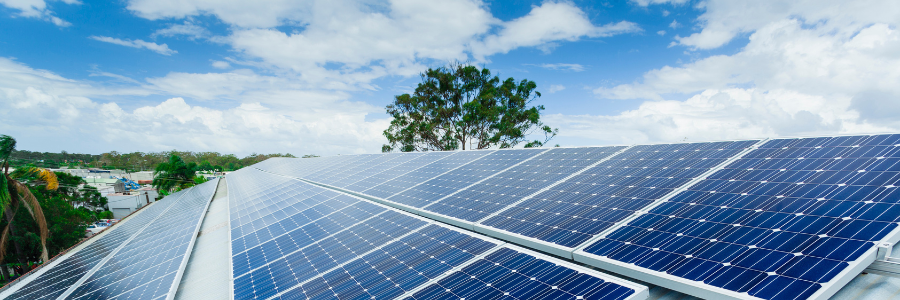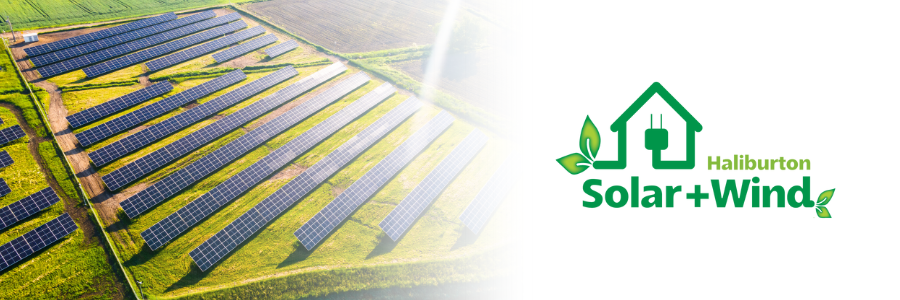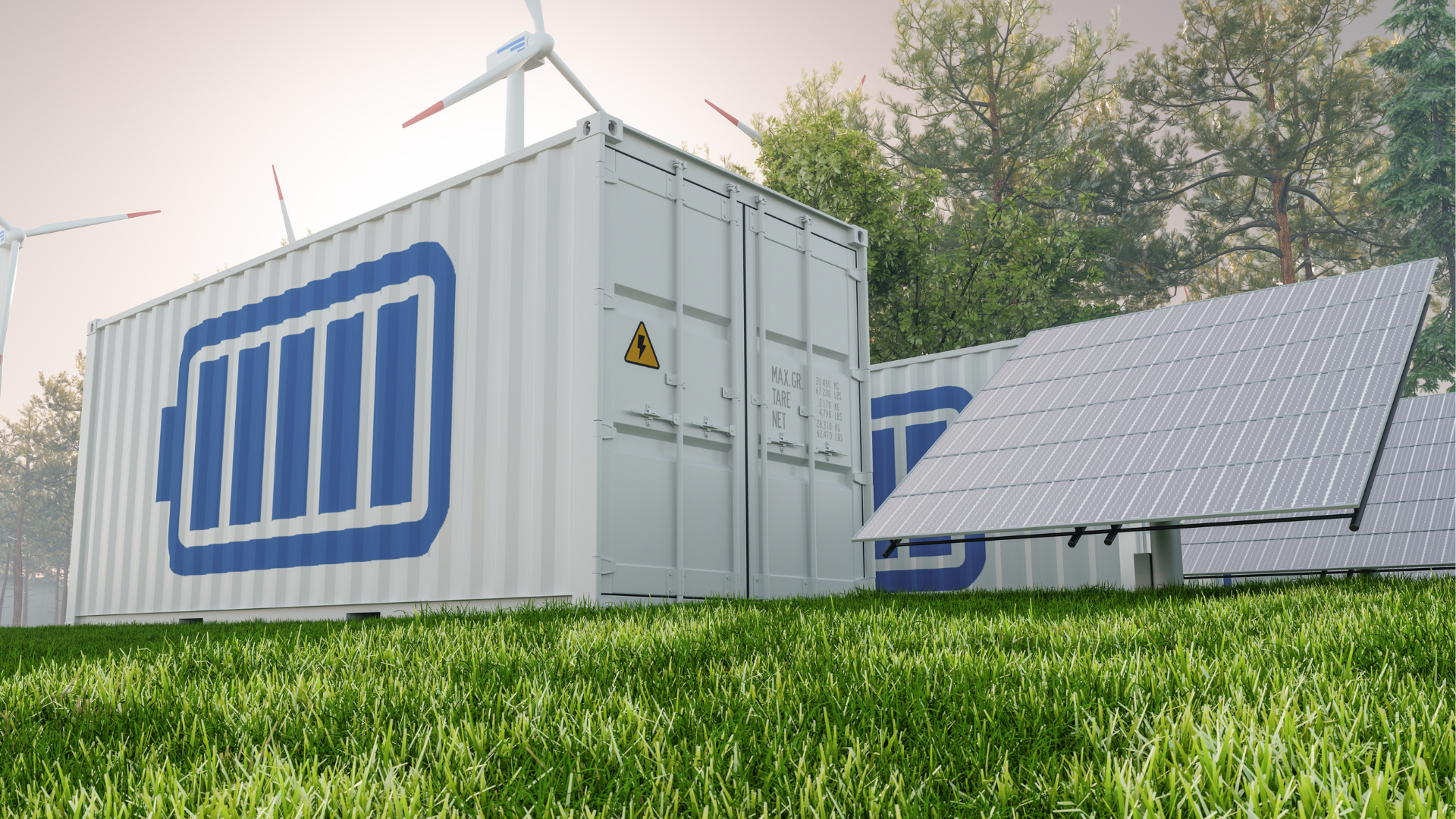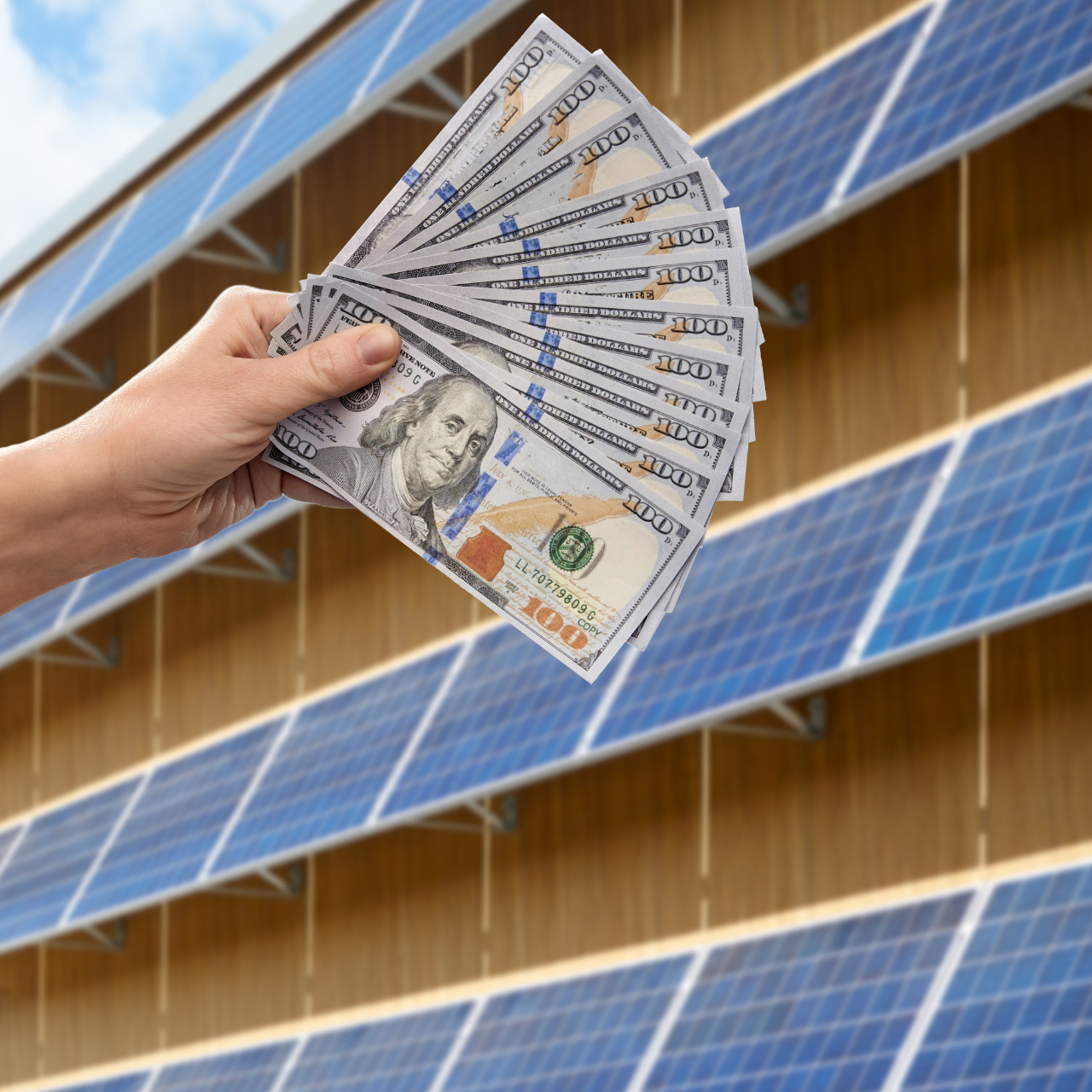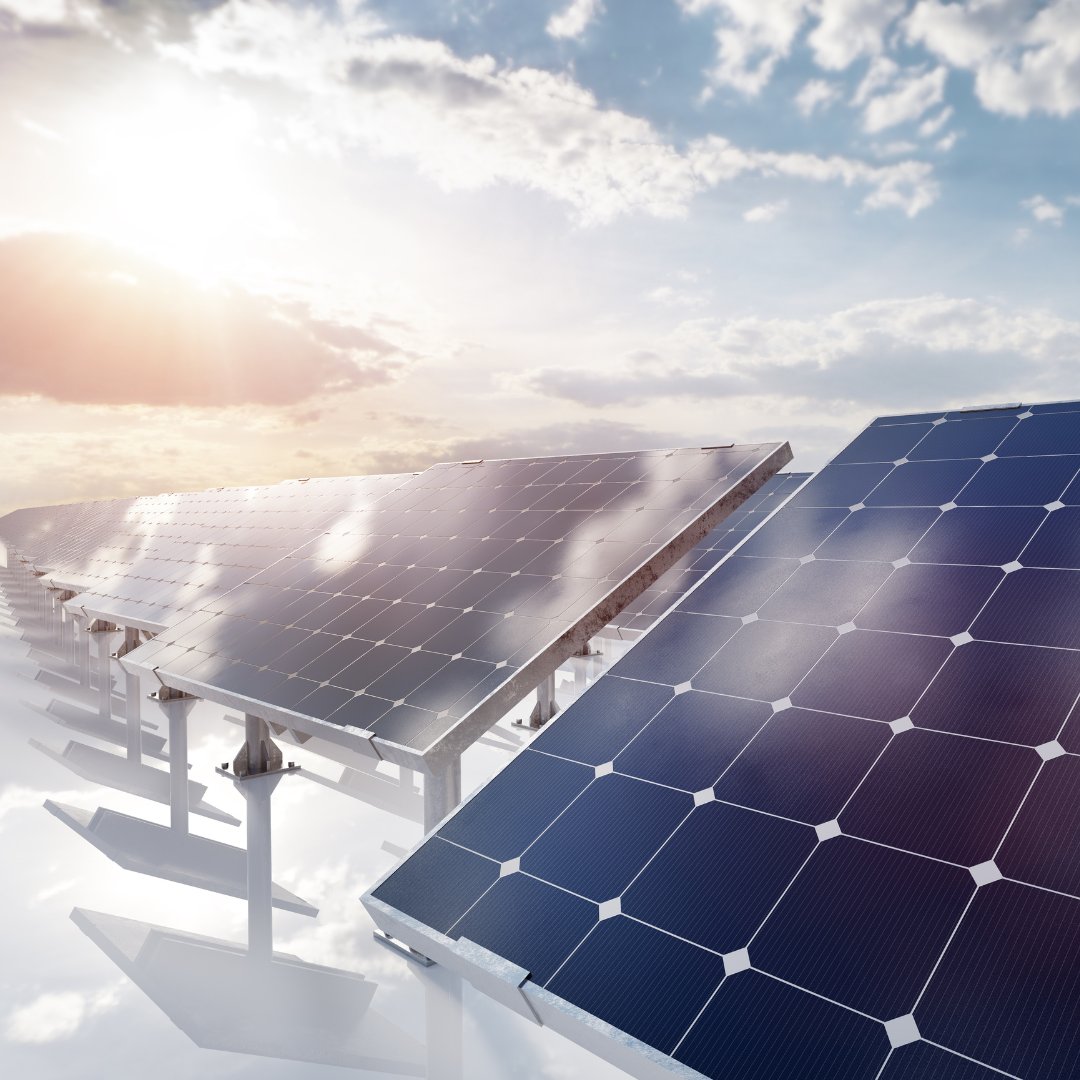How Rooftop Solar Works: Components, Conversion, and Benefits
Rooftop solar is a sustainable and cost-effective solution for generating electricity from the sun's energy. By installing solar panels on the roof of a building, homeowners and businesses can harness the power of the sun to offset their
energy consumption and reduce their carbon footprint. This article explores how rooftop solar works, including the components of a rooftop solar system, the process of converting solar energy into usable electricity, and the benefits and considerations of adopting rooftop solar.
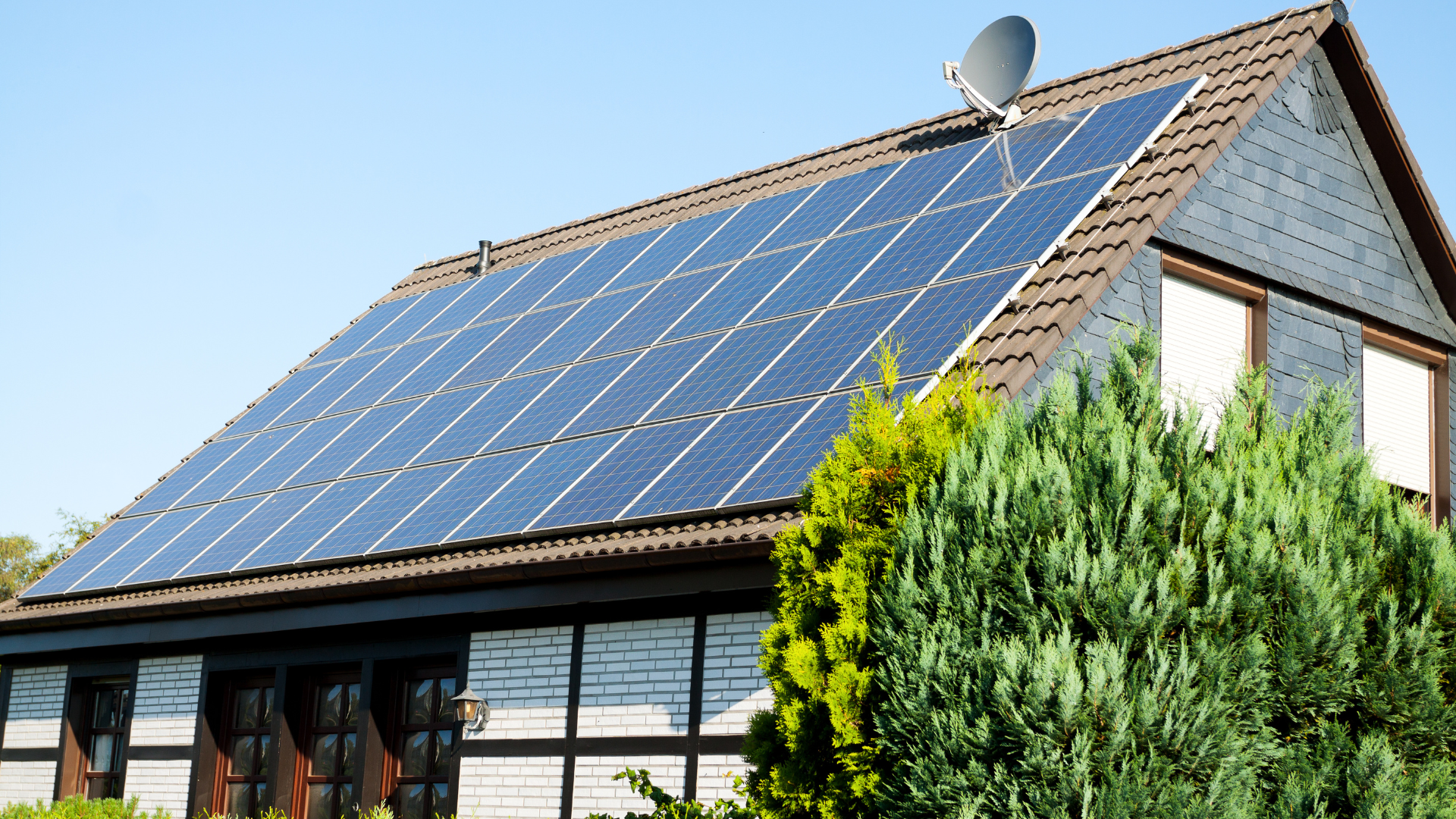
What is Rooftop Solar?
Definition of Rooftop Solar
Rooftop solar refers to the installation of solar panels on the roof of a building to generate electricity. It is an off-grid system that harnesses the power of the sun to produce clean and renewable energy. The size of the solar panel installation depends on the energy requirements of the building. A typical rooftop solar system consists of solar panels, an inverter for power conversion, and a net metering connection to the grid. This allows excess electricity to be exported back to the grid, reducing electricity bills. Solar panels are made up of photovoltaic cells that convert sunlight into electricity. The inverter converts the direct current (DC) electricity produced by the solar panels into alternating current (AC) electricity that can be used to power appliances. Net metering enables the building to be connected to the grid, providing a reliable source of electricity when solar production is low. Overall, rooftop solar offers numerous advantages, including reduced electricity costs, environmental benefits, and energy independence.
| Advantages of Rooftop Solar |
|---|
| Clean and renewable energy |
| Reduced electricity bills |
| Environmental benefits |
Advantages of Rooftop Solar
Rooftop solar systems offer several advantages, including reducing electricity bills and environmental benefits. Additionally, they provide the option of an off-grid system, allowing users to generate and store their own electricity. The size of the solar panel installation can be customized based on individual energy needs. Furthermore, rooftop solar systems can be easily expanded or upgraded as energy requirements increase.
Moreover, it is important to consider the maintenance and monitoring requirements of rooftop solar systems, as regular inspections and cleaning are necessary to ensure optimal performance. As the saying goes:
"The sun is the most reliable and sustainable source of energy."
How Does Rooftop Solar Work?
Solar Panels and Photovoltaic Cells
Solar panels, also known as photovoltaic cells, are the main components of a rooftop solar system. These panels are responsible for converting sunlight into electricity through the photovoltaic effect. The size of the solar panel determines the amount of electricity it can generate. In an off-grid system, the solar panels are connected to a battery bank to store excess energy for use during periods of low sunlight.
The efficiency of the solar panels plays a crucial role in maximizing the energy output.
| Solar Panel Efficiency | Average Efficiency Range |
|---|---|
| Monocrystalline | 15% - 20% |
| Polycrystalline | 13% - 16% |
Solar Panels
Types of solar panels
There are several types of solar panels available for harnessing solar energy. These include monocrystalline, polycrystalline, and thin-film panels. Monocrystalline panels are made from a single crystal structure and are known for their high efficiency. Polycrystalline panels are made from multiple crystal structures and are more affordable. Thin-film panels are made by depositing a thin layer of photovoltaic material onto a surface. Each type of panel has its own advantages and disadvantages. For example, monocrystalline panels are more efficient but also more expensive. Polycrystalline panels are less efficient but more affordable. Thin-film panels are the least efficient but also the cheapest option. When choosing a solar panel for an off-grid system or when considering why go solar, it is important to consider factors such as cost, efficiency, and available space. Below is a table summarizing the characteristics of each type of solar panel:
| Solar Panel Efficiency | Average Efficiency Range |
|---|---|
| Monocrystalline | 15% - 20% |
| Polycrystalline | 13% - 16% |
Some important considerations when selecting solar panels include efficiency, durability, and warranty. As the heart of the rooftop solar system, solar panels are essential for harnessing clean and renewable energy.
Inverter and Power Conversion
The inverter and power conversion are crucial components of a rooftop solar system. The main function of the inverter is to convert the direct current (DC) electricity generated by the solar panels into alternating current (AC) electricity that can be used to power household appliances. In addition, the inverter also ensures that the solar system is synchronized with the utility grid, allowing excess electricity to be exported back to the grid. Off-grid systems, which are not connected to the utility grid, require specialized inverters that can store excess electricity in batteries for later use. The size of the solar panel array and the capacity of the inverter are important factors to consider when designing a rooftop solar system. It is essential to match the size of the solar panel array with the capacity of the inverter to ensure optimal performance. Table 1 provides an overview of the different types of inverters commonly used in rooftop solar systems. Italic sentences emphasize the importance of proper sizing and selection of inverters for rooftop solar systems.
The inverter is often referred to as the 'heart' of a solar system, as it plays a critical role in converting and managing the electricity generated by the solar panels.
Net Metering and Grid Connection
Net metering is a billing arrangement that allows rooftop solar system owners to receive credit for the excess electricity they generate and send back to the grid. This is particularly beneficial for those who have an
off-grid system or produce more electricity than they consume. The
size of the solar panel installation plays a crucial role in determining the amount of excess electricity generated. In addition to net metering, the rooftop solar system needs to be connected to the grid through an inverter. The inverter converts the direct current (DC) electricity produced by the solar panels into alternating current (AC) electricity, which is compatible with the grid.
It is important to note that the grid connection ensures a continuous power supply when the solar panels do not generate enough electricity. To better understand the concept, refer to the table below:
| Net Metering | Grid Connection |
|---|---|
| Allows credit for excess electricity | Ensures continuous power supply |
Moreover, it is essential to comply with local regulations and utility policies regarding grid connection and net metering. In some regions, governments provide incentives and subsidies to encourage the adoption of rooftop solar systems. As the demand for renewable energy continues to grow, the future of rooftop solar looks promising. However, before considering rooftop solar adoption, individuals should evaluate factors such as the available space, orientation, and shading of their rooftop, as well as their energy consumption patterns and financial feasibility.
Installation and Maintenance of Rooftop Solar
Site Assessment and Design
Site assessment and design are crucial steps in the installation of a rooftop solar system. During the assessment, factors such as the location, shading, and orientation of the roof are evaluated to determine the feasibility of the installation. Additionally, the size of the solar panel is determined based on the energy requirements of the property. The design stage involves creating a layout plan for the solar panels, considering the roof structure and maximizing the solar exposure. It is important to note that site assessment and design are also applicable for off-grid systems, where the solar panels are not connected to the grid. Proper assessment and design ensure optimal performance and efficiency of the rooftop solar system.
A table summarizing the site assessment and design process is provided below:
| Step | Description |
|---|---|
| 1 | Evaluate roof location, shading, and orientation |
| 2 | Determine the size of the solar panel |
| 3 | Design the layout plan for the solar panels |
| 4 | Consider roof structure and solar exposure |
Some important considerations during this stage include the availability of sunlight, roof condition, and any potential obstructions that may affect the solar panel installation.
Site assessment and design are crucial for the successful implementation of a rooftop solar system. It ensures that the system is tailored to the specific requirements of the property, maximizing its energy generation potential and optimizing its performance.
Installation Process
Once the site assessment and design phase is complete, the installation process for a rooftop solar system can begin. This involves mounting the solar panels on the roof or ground, connecting them to the inverter, and
installing the necessary electrical equipment. The size of the solar panel array will depend on the energy needs of the building and the available space. It is important to note that the installation process may vary depending on whether the system is connected to the grid or is an off-grid system.
For off-grid systems, batteries are typically installed to store excess energy for use during periods of low sunlight. Additionally, regular maintenance and monitoring are essential to ensure the system operates efficiently. This includes cleaning the panels, checking the connections, and monitoring the performance through a monitoring system. Overall, the installation process is a crucial step in harnessing the power of solar energy and maximizing the benefits of rooftop solar.
| Installation Process Steps |
|---|
| Mounting solar panels on the roof or ground |
| Connecting panels to the inverter |
| Installing necessary electrical equipment |
| Maintenance and monitoring |
The installation process for a rooftop solar system requires careful planning and expertise to ensure optimal performance and longevity.
Maintenance and Monitoring
Maintaining and monitoring a rooftop solar system is crucial to ensure its optimal performance and longevity. One important consideration is the
size of the solar panel installed. The size of the solar panel determines the amount of electricity that can be generated. Additionally, regular
maintenance such as cleaning the panels to remove dirt and debris is necessary to maximize sunlight absorption. Monitoring the system's performance is essential to identify any potential issues or malfunctions. This can be done through
real-time monitoring software that tracks the system's energy production and provides alerts in case of any abnormalities. Overall, proper maintenance and monitoring are essential for the smooth operation of an off-grid system and to maximize the benefits of rooftop solar.
| Maintenance Tips |
|---|
| Clean the solar panels regularly to remove dirt and debris |
| Monitor the system's performance using real-time monitoring software |
| Conduct periodic inspections to identify any potential issues |
Regular maintenance and monitoring ensure the optimal performance and longevity of a rooftop solar system.
Benefits of Rooftop Solar
Rooftop solar systems offer numerous benefits, including reducing electricity bills, reducing carbon footprint, and increasing energy independence. One of the key advantages of rooftop solar is the ability to generate electricity even in off-grid areas, making it a viable option for remote locations. Additionally, the size of the solar panel can be customized to fit the available roof space, allowing for maximum energy production. Moreover, rooftop solar systems can be easily integrated with the existing electrical grid through net metering and grid connection, enabling homeowners to sell excess electricity back to the utility company. Overall, rooftop solar is a sustainable and cost-effective solution for meeting energy needs while minimizing environmental impact.
Battery Storage
Role of battery storage
Battery storage plays a crucial role in off-grid solar systems, providing a reliable source of power even when the sun is not shining. With battery storage, excess energy generated during the day can be stored and used during the night or on cloudy days, ensuring a continuous supply of electricity. This is especially important for remote areas or locations where the grid connection is unreliable. Battery storage systems also offer the advantage of energy independence, allowing homeowners and businesses to reduce their reliance on the grid and go solar. Additionally, battery storage can help to maximize the efficiency of solar energy systems by ensuring that excess energy is not wasted. A typical battery storage system
consists of batteries, a charge controller, and an inverter. The batteries store the energy, the charge controller regulates the charging and discharging process, and the inverter converts the stored energy into usable electricity.
A table comparing different types of battery storage systems is provided below:
| Advantages of Rooftop Solar |
|---|
| Reduces electricity bills |
| Decreases carbon footprint |
| Increases energy independence |
Rooftop solar systems provide a renewable and clean source of energy that benefits both homeowners and the environment.
Future of Rooftop Solar
The future of rooftop solar looks promising as more people are becoming aware of the benefits it offers. One of the emerging trends is the use of off-grid systems that allow homeowners to generate and store their own electricity, reducing their dependence on the grid. Another factor that will shape the future is the size of solar panels. With advancements in technology, solar panels are becoming more efficient and compact, making it easier to install them on rooftops. Additionally, the declining costs of solar panels and government incentives are making rooftop solar more accessible to a wider audience. As the demand for clean and renewable energy continues to rise, the future of rooftop solar is expected to be bright.
Considerations for Rooftop Solar Adoption
When considering the adoption of rooftop solar, there are several important factors to keep in mind. One key consideration is whether to opt for an
off-grid system or a grid-connected system. An off-grid system allows for complete independence from the utility grid, providing power even in remote areas. On the other hand, a grid-connected system allows for the flexibility of using both solar power and grid power. Another crucial factor to consider is the
size of the solar panel installation. The size of the solar panel will depend on the energy requirements of the household or business. It is essential to accurately estimate the energy needs to ensure the system is appropriately sized. Additionally, it is important to consider the upfront costs, maintenance requirements, and any local regulations or incentives that may affect the adoption of rooftop solar. Overall, careful consideration of these factors will help individuals and businesses make informed decisions about rooftop solar adoption.
| Considerations for Rooftop Solar Adoption |
|---|
| Off-grid vs. grid-connected system |
| Size of the solar panel installation |
| Upfront costs and maintenance |
| Local regulations and incentives |
